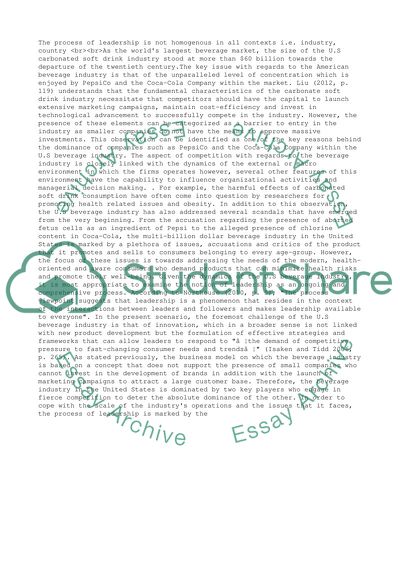Cite this document
(“The process of leadership is not homogenous in all contexts i.e Essay - 2”, n.d.)
Retrieved from https://studentshare.org/business/1493898-the-process-of-leadership-is-not-homogenous-in-all-contexts-ie-industry-country
Retrieved from https://studentshare.org/business/1493898-the-process-of-leadership-is-not-homogenous-in-all-contexts-ie-industry-country
(The Process of Leadership Is Not Homogenous in All Contexts i.E Essay - 2)
https://studentshare.org/business/1493898-the-process-of-leadership-is-not-homogenous-in-all-contexts-ie-industry-country.
https://studentshare.org/business/1493898-the-process-of-leadership-is-not-homogenous-in-all-contexts-ie-industry-country.
“The Process of Leadership Is Not Homogenous in All Contexts i.E Essay - 2”, n.d. https://studentshare.org/business/1493898-the-process-of-leadership-is-not-homogenous-in-all-contexts-ie-industry-country.


